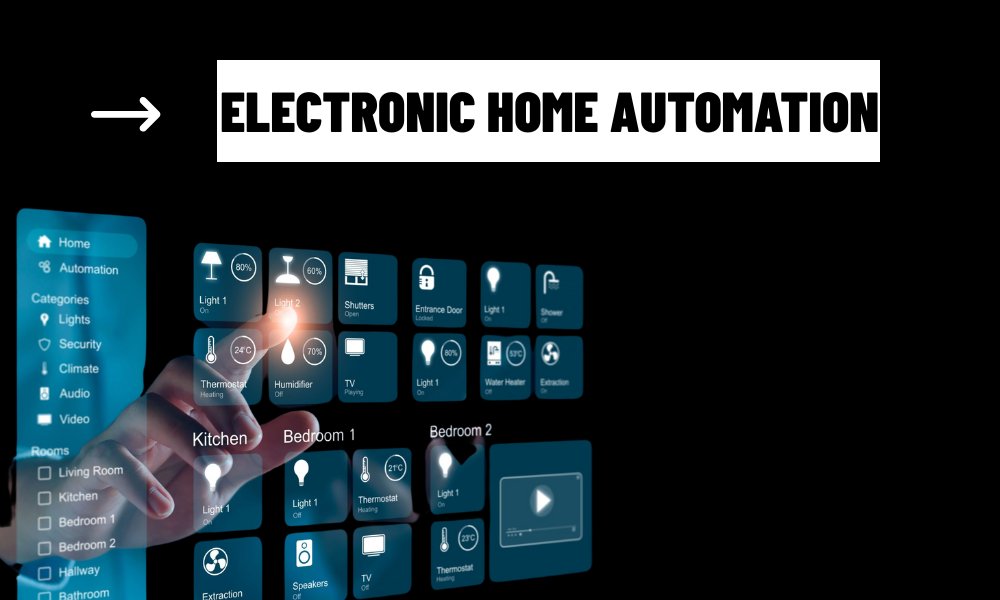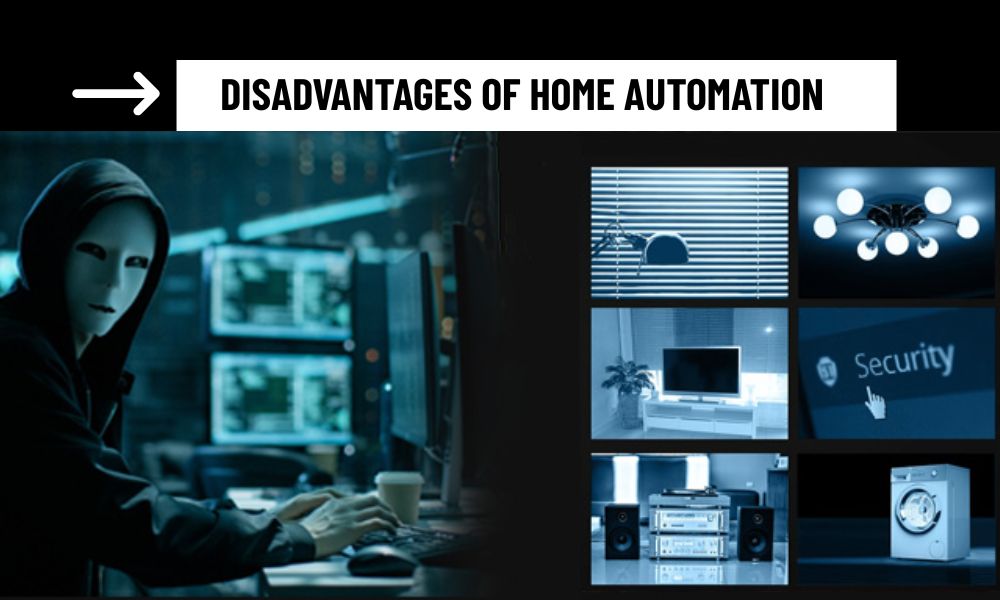Electronic home automation is no longer a futuristic concept—it’s a present-day reality transforming how we live, manage energy, and interact with our living spaces. In 2025, the evolution of smart homes is defined by artificial intelligence, enhanced connectivity, and sustainable solutions. This article explores the cutting-edge trends shaping the future of electronic home automation and what homeowners can expect next.
Contents
1. AI-Powered Personalization
Artificial Intelligence (AI) continues to revolutionize home automation. Today’s systems are not just responsive—they’re predictive. Smart thermostats, lighting systems, and appliances now learn user behaviors and adapt in real-time. For example, a smart lighting system can adjust intensity based on your mood, time of day, and even weather conditions. This hyper-personalization enhances not only convenience but also energy efficiency.
2. Seamless Device Connectivity: The Rise of Matter Protocol
A long-standing challenge in electronic home automation has been device interoperability. In 2025, the Matter protocol is becoming the industry standard. Developed by the Connectivity Standards Alliance, Matter allows devices from different manufacturers to communicate seamlessly, reducing setup complexity and increasing longevity of devices. It’s a game-changer for consumers and manufacturers alike.

3. Smart Energy Management and Sustainability
Smart homes are becoming smarter about sustainability. Energy management systems powered by AI optimize power usage by balancing household demand, renewable energy sources, and utility rates. Many homes now feature solar integrations, battery storage, and automated energy load balancing. As electricity prices continue to rise, smart energy systems provide both environmental and economic value.
4. Advanced Home Security Systems
Security is a top priority for homeowners adopting electronic home automation. In 2025, smart surveillance cameras, biometric access controls, and AI-driven monitoring systems offer proactive threat detection and remote control from mobile devices. Integration with AI enables facial recognition and behavioral anomaly detection, offering more robust protection than ever before.
5. Health, Wellness, and Indoor Air Quality
Smart homes are increasingly integrating health and wellness solutions. Devices now monitor air quality, temperature, and humidity in real-time. Air purifiers and HVAC systems respond autonomously to changes in indoor conditions. Additionally, smart fitness mirrors and connected wellness hubs allow users to access guided workouts, meditation sessions, and health tracking from the comfort of home.
As we move deeper into the digital age, electronic home automation is setting the standard for modern living. AI, seamless connectivity, and sustainability are not optional—they’re expected. For homeowners, staying ahead of these trends means investing in systems that offer convenience, efficiency, and long-term value. The smart home is no longer a luxury—it’s the new norm.



